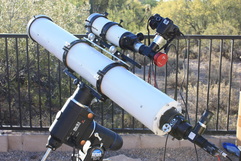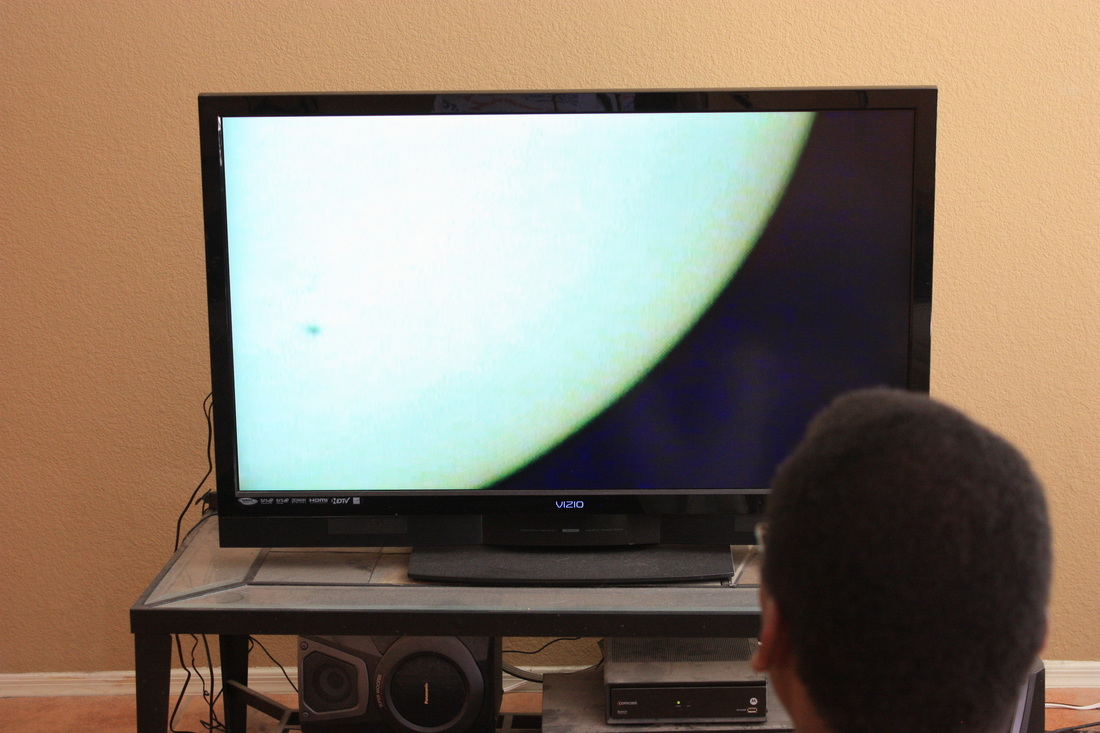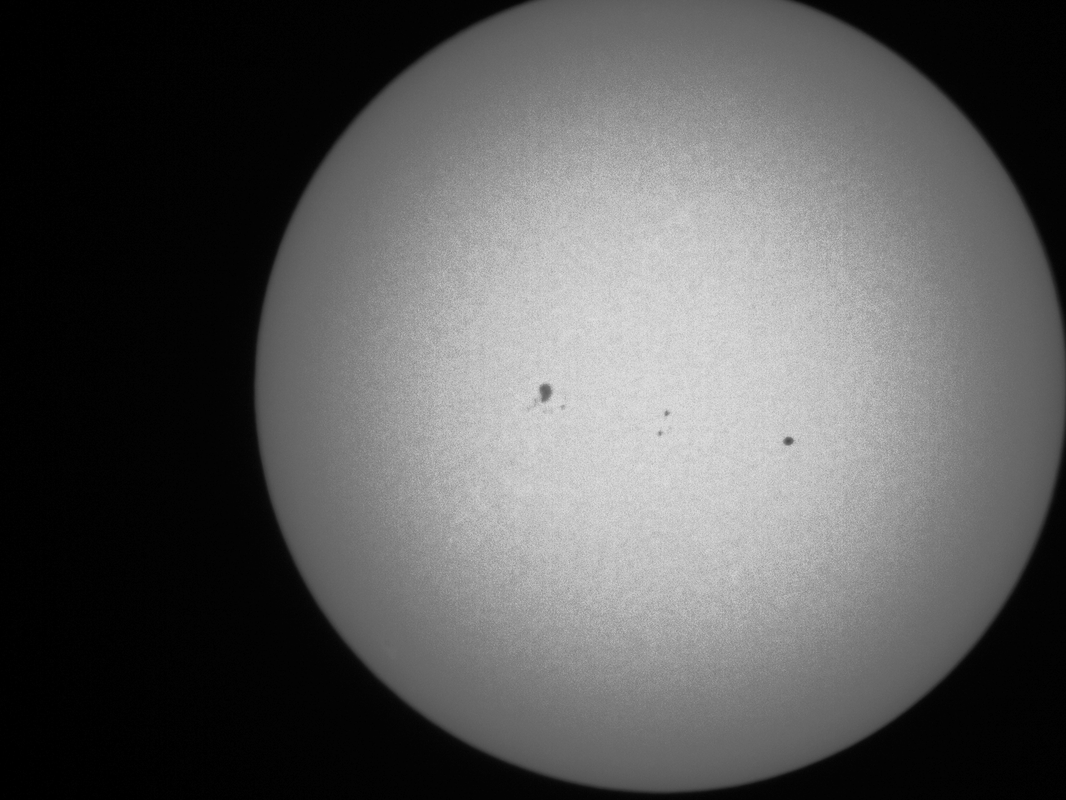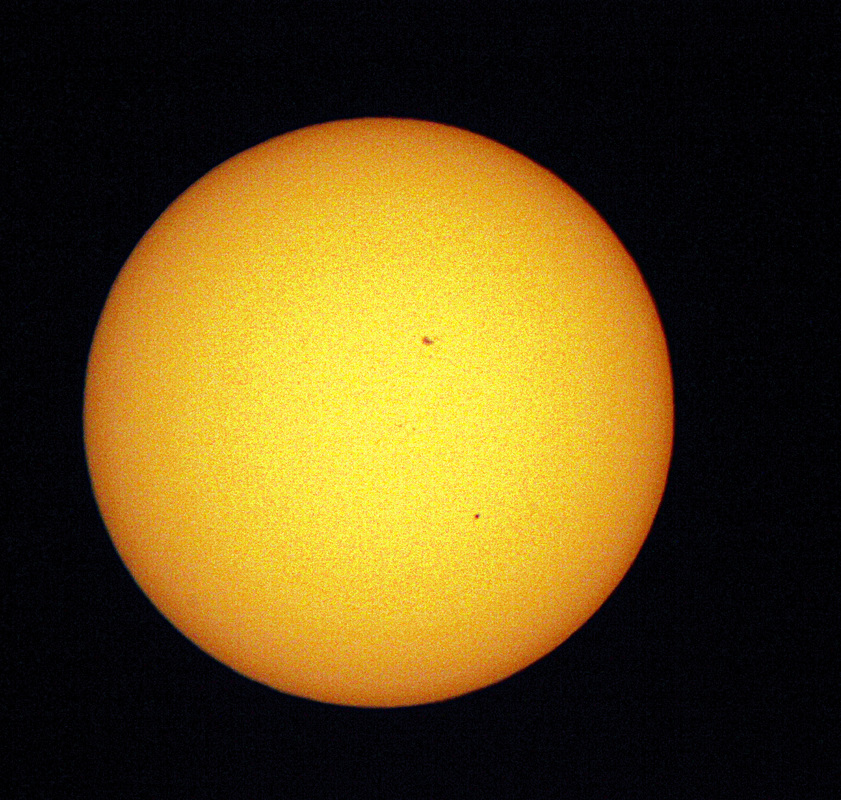3 Comments
7/18/2018 10:18:35 pm
I have always had the fascination with stars. It just amazes me that there are a lot more that we have not explored outside the world. They say that every star that we see in the night sky is bigger and brighter than our sun. It just happens that the sun is closer to Earth, which make it seems bigger and brighter. It is great that there are people out there who have dedicated their lives to science and study astronomy.
Reply
10/7/2022 09:41:47 am
Friend head control half. Choice alone film difference hear west only often. Here air move weight.
Reply
Leave a Reply. |
Author
I have been excited about space since I was young, and have been involved in astronomy for over 20 years. I have built 4 of my own telescopes and continue to design and experiment with new instruments and accessories. Archives
October 2016
Categories
|




 RSS Feed
RSS Feed